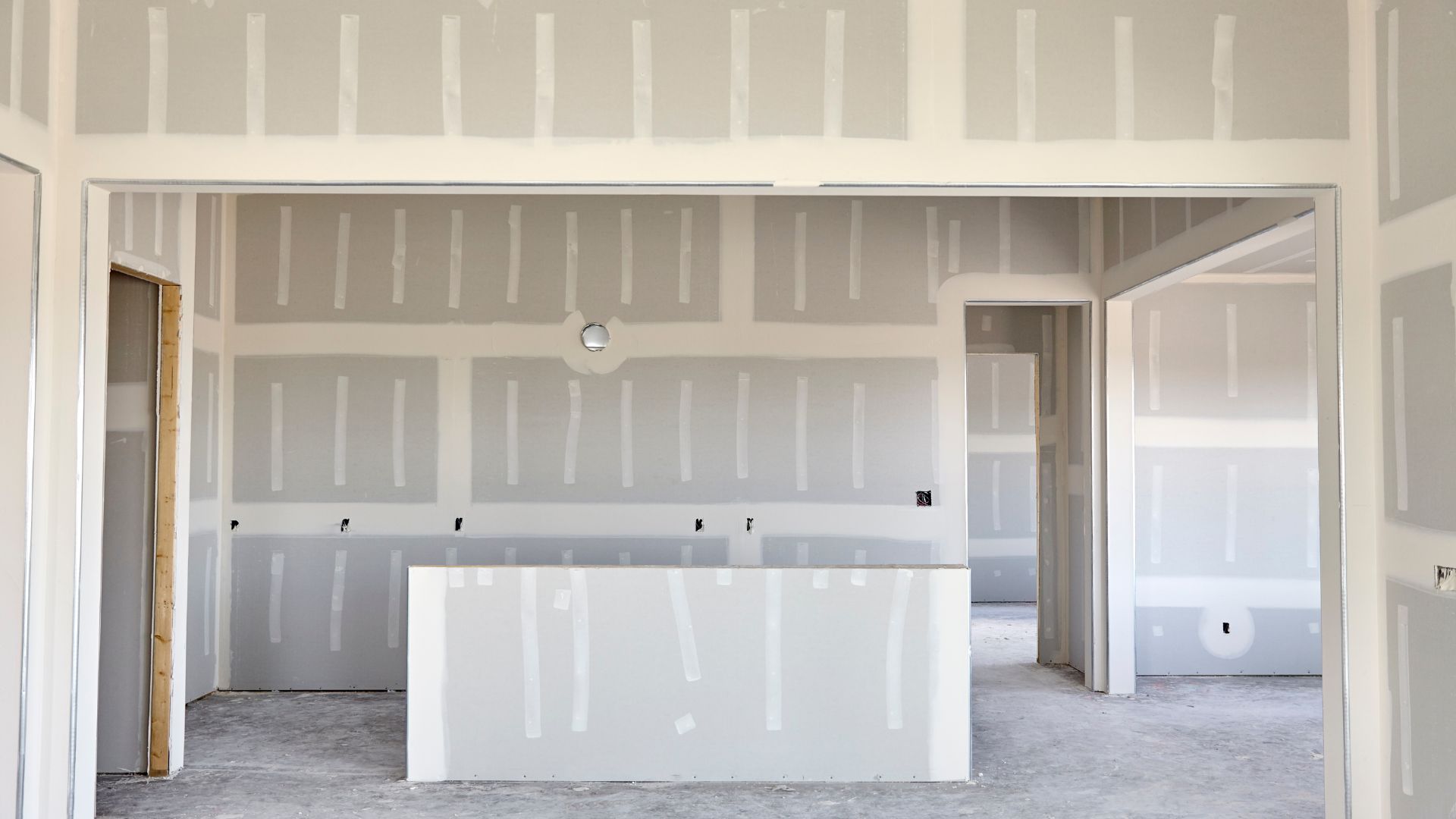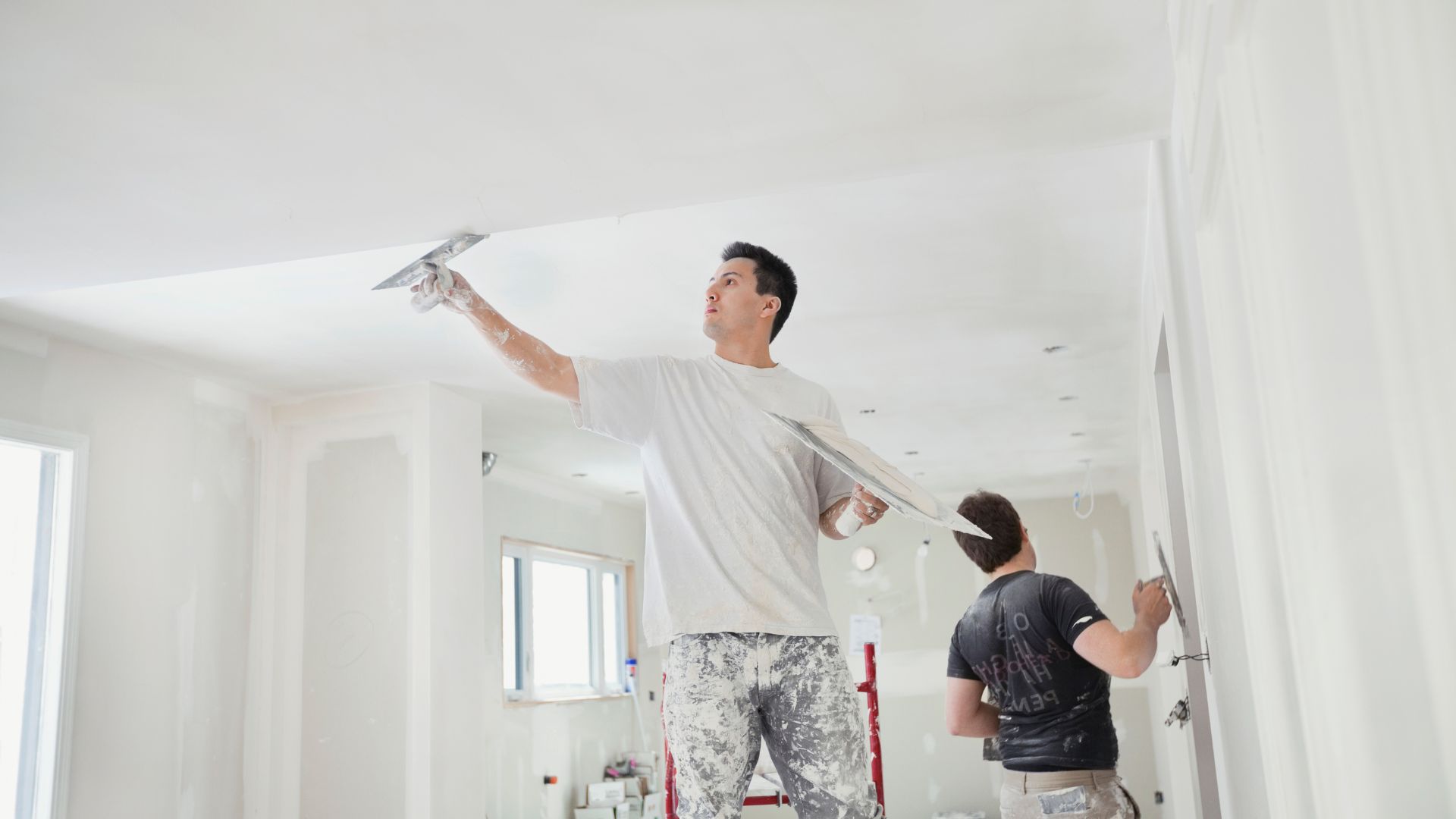Moisture issues in drywall are not only unsightly but can also lead to serious structural damage and health concerns if left unaddressed. Understanding the sources and signs of moisture damage in drywall is essential for homeowners to protect their investment and maintain a healthy living environment. In this guide, we’ll explore the common sources of moisture, signs of damage to look out for, preventative measures to minimize moisture exposure, and steps to effectively repair moisture-damaged drywall. By taking proactive steps to address moisture issues, homeowners can safeguard the integrity of their homes and ensure a safe and comfortable living environment for their families.
Understanding Moisture Sources
Moisture can infiltrate drywall from various sources, posing a threat to its structural integrity and appearance. Common sources of moisture include leaks from plumbing fixtures, roofs, or windows, condensation caused by inadequate ventilation, and high humidity levels. Each of these sources can contribute to moisture buildup within the walls, leading to warping, discoloration, and even mold growth if left unchecked. It’s crucial for homeowners to identify and address the underlying cause of moisture to prevent further damage to their drywall and the overall structure of their home. By understanding the sources of moisture and taking proactive measures to mitigate them, homeowners can minimize the risk of moisture-related issues in their drywall.
Signs of Moisture Damage
Recognizing the signs of moisture damage in drywall is essential for homeowners to intervene before the problem escalates. Common signs of moisture damage include discolored patches on the walls or ceilings, soft or sagging drywall, peeling paint or wallpaper, and musty odors. In severe cases, homeowners may also observe mold growth, which can pose health risks to occupants and further degrade the integrity of the drywall. Regular inspections of the home’s interior and exterior can help homeowners detect moisture-related issues early, allowing them to take prompt action and prevent extensive damage. By staying vigilant and addressing signs of moisture damage as soon as they arise, homeowners can protect their drywall and maintain a safe and healthy living environment for their families.
Preventative Measures
Preventing moisture issues in drywall begins with implementing preventative measures to minimize moisture exposure and protect the integrity of the walls. Proper ventilation is essential for reducing humidity levels and preventing condensation buildup, particularly in areas prone to moisture, such as bathrooms, kitchens, and basements. Installing exhaust fans in these areas and using dehumidifiers when necessary can help maintain optimal humidity levels and prevent moisture-related issues. Additionally, sealing cracks and gaps in the home’s exterior, such as around windows and doors, can prevent water infiltration and reduce the risk of leaks. Ensuring proper drainage around the home’s foundation and roof can also help prevent water damage and minimize the risk of moisture issues in the walls. By taking proactive measures to minimize moisture exposure, homeowners can protect their drywall and avoid costly repairs down the line.
Repairing Moisture-Damaged Drywall
In the event of moisture damage to drywall, prompt and effective repairs are essential to prevent further deterioration and restore the integrity of the walls. The first step in repairing moisture-damaged drywall is to identify and address the source of the moisture to prevent recurring issues. Once the source has been addressed, damaged sections of drywall should be carefully removed, taking care to minimize disruption to the surrounding areas. The affected area should then be thoroughly dried out using fans, dehumidifiers, or heaters to prevent mold growth and further damage. Once dry, new drywall panels can be installed and finished to match the surrounding surfaces, restoring the appearance and structural integrity of the walls. In cases where mold growth is present, homeowners should consider hiring a professional remediation service to ensure proper treatment and prevent health risks.
In conclusion, addressing moisture issues in drywall is essential for protecting the integrity of your home and maintaining a safe and healthy living environment. By understanding the sources and signs of moisture damage, implementing preventative measures, and taking prompt action to repair damage, homeowners can safeguard their investment and enjoy peace of mind knowing their home is well-protected. If you’re experiencing moisture issues in your drywall or need assistance with repairs, don’t hesitate to contact CareKter Design & Remodeling. Our team of experts is here to provide guidance, support, and professional services to help you address moisture issues and ensure the integrity of your home’s drywall.



